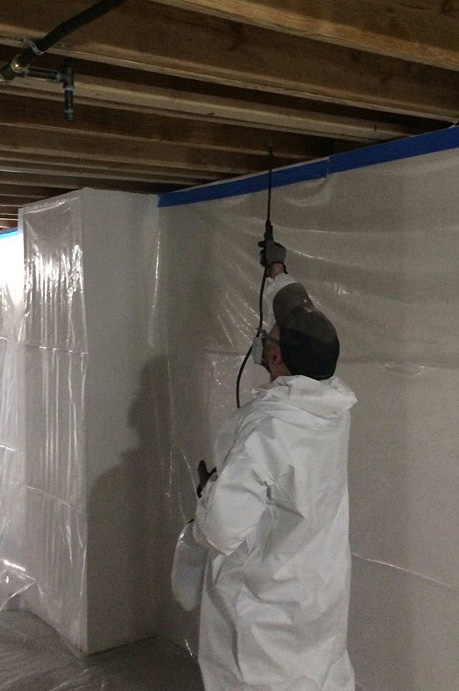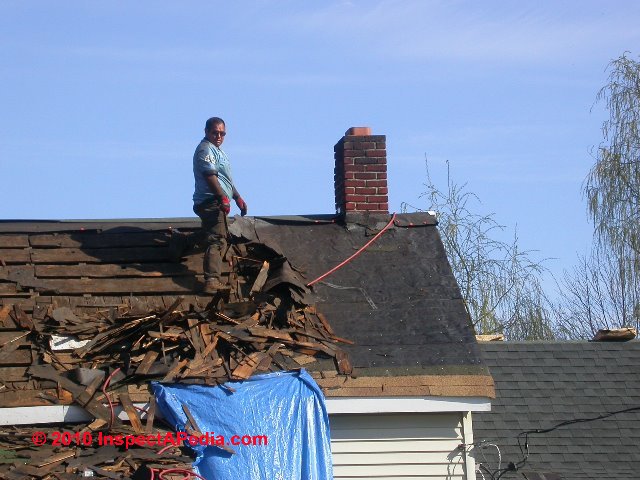I found approximately 10 percent of the roof rafters covered in spots with a white powdery substance which i assumed to be mold.
White powdery substance on attic rafters.
The client will certainly expect an explanation for this white material on the roof rafters in the attic.
The photo at page top shows white attic mold on the roof sheathing and rafters and some brown or black mold on the attic side of ceiling drywall where we pulled back insulation.
It is difficult to declare this one substance over another simply based on one s senses of sight or smell.
The vast majority of attic mold is caused by humidity which is why white mold growth is common here.
Is it dangerous how to remove it.
White fuzzy mold on plants.
Attic sheathing and framing.
This is why it s less common to see mold growth on base trim after a flooding event.
After all some mold shows up as a white powdery material but more often in a crawl space than an attic.
In the attic photograph at left we show a mix of green gray and white attic mold.
The appearance of white mold on wood can reduce the aesthetic and spread health risk.
White mold is lesser known but still an incredibly dangerous species of mold to deal with.
The attic is basically a crawl space with loose insulation between the ceiling joists.
White mold tends to grow in high humidity environments rather than areas suffering from total saturation.
If you re ever unsure of what type you have calling in certified professionals to perform mold testing services immediately is important.
With that said we ve learned quite a bit about white mold in our many years of mold inspection and removal.









